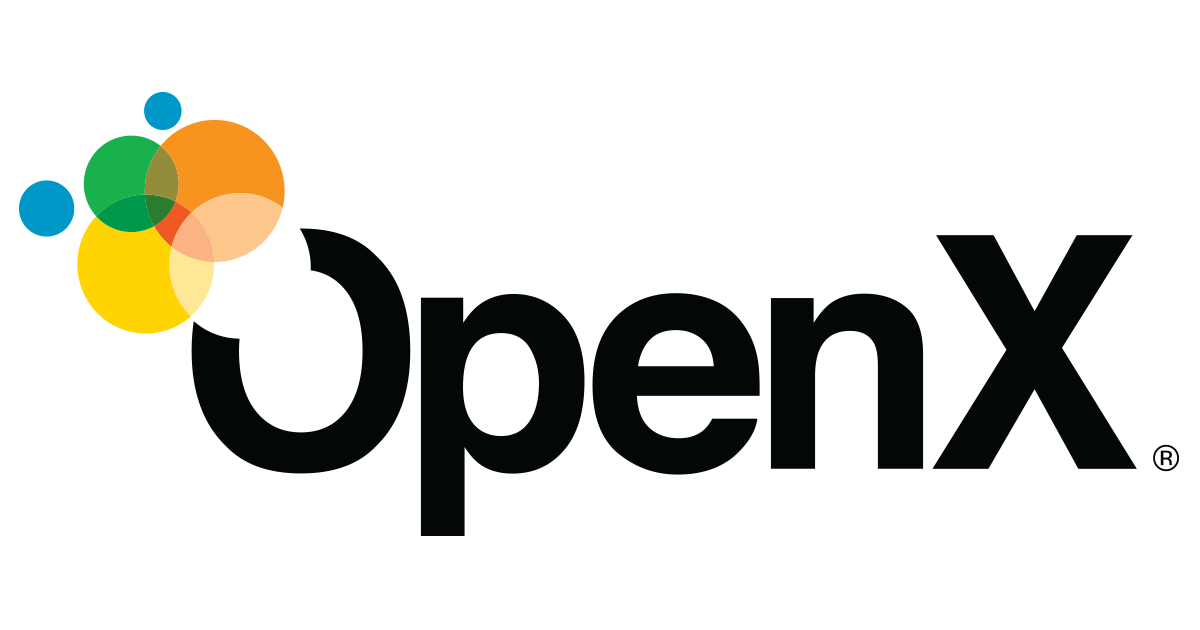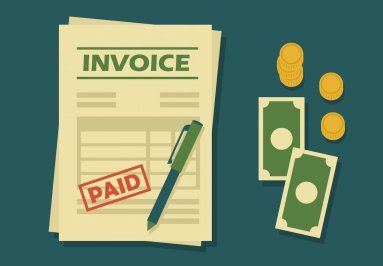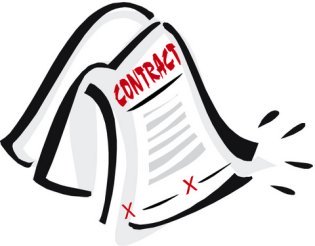An Entrepreneurial Profile: The Digital Media Publisher
 The digital publishing landscape is filled with opportunity, across so many different verticals. Publishers can include aspiring Buzzfeeds, in the business of creating “media” like content, or smart phone apps. Both publisher models earn money via advertising, and also drive revenue with advertising.
The digital publishing landscape is filled with opportunity, across so many different verticals. Publishers can include aspiring Buzzfeeds, in the business of creating “media” like content, or smart phone apps. Both publisher models earn money via advertising, and also drive revenue with advertising.
Digital Media Publishing
Successful publishers know exactly what type of media (i.e. free apps, articles) will be appealing to what audience. They spend dollars promoting certain articles or apps in front of certain audiences that will interact and eventually click on ads, in turn earning them revenue. Publishers use one to many vendors like Facebook, Google, AppNexus and others, that provide content promotion services across desktop and mobile. This digital publishing business model requires multiple skill sets and “whole-brain” thinking. By whole brain thinking, we mean that the publishers must be able to hone in on their intuition, and analyze it to make the right decisions.
Creativity: Required
Here is an example. First, a publisher must be creative in what type of theme they decide to build a business around. As a content publisher, the theme can be articles about lifestyles of the rich and famous, cool history facts, or photo galleries. For apps, it can be a utility such as a PDF scanner, or fun media like a face-filter app. The underlying commonality is that the creative ones will generate interest, eyeballs and ad revenue.
Second, after determining the theme, the publisher must make the interface (website or app) easy and smooth to navigate, and also continuously generate creative media to be consumed by the masses.
Third, for an audience to see an article or an app, publishers have to put it in front of them via advertising. This in turn requires more creativity because the ads must be creative to get people to the website.
Lastly, a publisher must know — or figure out — which audiences to place certain articles or apps in front of, and on what device. This requires a tremendous amount of creativity.

In reality, a publisher can have the most genuine, entertaining and interesting media, but without good ads, it will never be seen by a huge audience. To get the media in front of the masses, digital publishers spends money via platforms Google, Facebook and MobX. Those firms take the publishers ad creative (ads about a publisher’s content or app), and they place those ad creatives in front of very specific audiences chosen by the publishers themselves.
Digital Media Requires Analytics
Promoting content in turn creates data for a publisher to analyze. What articles are working in front of which audience, on what platform and what devices? Are both desktop and mobile generating an ROI? Are winning campaigns from Facebook failing on Outbrain? What’s the download rate if a publisher changes the catch phrase on an ad creative? These questions and more must be analyzed with hard, firm numbers.
The ability to analyze results of ad creative and promotion is the compass for successful publishers.
Publishers must also know what tools to equip their website with to make sure it loads fast, looks nice and creates a residual revenue generating asset.
The n30, n60 and n90 issue
Unfortunately for publishers, they pay media promotion platforms much sooner than being paid advertising revenue. Average time to pay is 15 days, but average time to get paid is 50 days. Without access to cash, publishers often run up balances on credit cards to fill the gap, continuously paying it off as soon as they get paid ad receivables. This allows them to grow, but keeps all their profits tied up in the business — especially if they are hiring staff, content writers, and increasing ad spend on successful campaigns.
Invoice Factoring for Digital Media
Invoice financing is a great solution for digital media publishers for a couple of reasons, mainly because it provides publishers with liquidity to grow, enabling them to plow revenues into content marketing or paid user acquisition campaigns. For app and game developers, this is called “revenue recycling“. By obtaining an advance of outstanding advertising receivables, publishers have the necessary capital to plow into their growth initiatives. Publishers earning ad revenue from DoubleClick for Publishers, OpenX, Matomy, sovrn, MobX, Teads, Google Adsense, Criteo, Sulvo and others may qualify.
Are you a digital or traditional publisher? We’d love to see if we can help you grow by finding a partner to help manage cash flow. Contact us today at 1-833-Buy-My-AR.

 Often times when people hear about A/R factoring, they think that it’s a sign a business is in trouble. The reasoning why is that if a business is trying to get paid sooner, they must be in need of capital, which means they’re running out of money. This is a grave misconception that needs to be put to bed forever. Understand that while there are many distressed companies out there in need of capital to survive, there are far more healthy businesses that simply need working capital in order to grow. Read on to learn how
Often times when people hear about A/R factoring, they think that it’s a sign a business is in trouble. The reasoning why is that if a business is trying to get paid sooner, they must be in need of capital, which means they’re running out of money. This is a grave misconception that needs to be put to bed forever. Understand that while there are many distressed companies out there in need of capital to survive, there are far more healthy businesses that simply need working capital in order to grow. Read on to learn how  There are many
There are many 
 Generally when people hear the word factoring, they think of 8th grade math class. But if you’re in business for yourself and bill your customers, you’ve probably heard of factoring. If not, it’s very important to understand what invoice factoring is. Whenever you bill your customers for payment at a later date, you create an invoice. As your customers pay, you close out each invoice and mark it as “paid”. However should the need arise for quicker payments, you can factor your invoice for cash up front.
Generally when people hear the word factoring, they think of 8th grade math class. But if you’re in business for yourself and bill your customers, you’ve probably heard of factoring. If not, it’s very important to understand what invoice factoring is. Whenever you bill your customers for payment at a later date, you create an invoice. As your customers pay, you close out each invoice and mark it as “paid”. However should the need arise for quicker payments, you can factor your invoice for cash up front. Editor’s note: this article is for new business owners and tailored to those who are starting to earn revenue from clients. This article is very elementary and does not apply to many business owners! But if you’re just ramping up your business and a client says to you, “invoice me”, it’s probably best to act like you know what you’re talking about and agree that you will. But it begs to question if you’re unfamiliar, what is an invoice?
Editor’s note: this article is for new business owners and tailored to those who are starting to earn revenue from clients. This article is very elementary and does not apply to many business owners! But if you’re just ramping up your business and a client says to you, “invoice me”, it’s probably best to act like you know what you’re talking about and agree that you will. But it begs to question if you’re unfamiliar, what is an invoice? Many people who start a business generally are aware of the fact that there are three main ways to raise capital. The first is so obtain money from an investor. The second is to obtain money from a bank (i.e. a loan), and the third is to do it themselves by investing their own money. However depending on the type of business you have, particularly what kind of customers you have and how you bill them, factoring invoices may be the best suited option.
Many people who start a business generally are aware of the fact that there are three main ways to raise capital. The first is so obtain money from an investor. The second is to obtain money from a bank (i.e. a loan), and the third is to do it themselves by investing their own money. However depending on the type of business you have, particularly what kind of customers you have and how you bill them, factoring invoices may be the best suited option. If you’re looking to sell your invoices as a way of raising capital, it’s important to understand the differences between recourse and non-recourse deals. Essentially, recourse factoring means you (or your business) is on the hook if your customers don’t pay the invoices you sold to the factoring company, and non-recourse factoring means you’re not on the hook. Think of non-recourse deals as “no strings attached” financing – the
If you’re looking to sell your invoices as a way of raising capital, it’s important to understand the differences between recourse and non-recourse deals. Essentially, recourse factoring means you (or your business) is on the hook if your customers don’t pay the invoices you sold to the factoring company, and non-recourse factoring means you’re not on the hook. Think of non-recourse deals as “no strings attached” financing – the 


 If you’ve done enough research, you’ve probably come by many articles that say “invoice factoring” and “invoice financing”. On the surface they may appear to be the same product but they’re quite different. However, before we get into the differences it should be noted that they do serve the same purpose. Both invoice factoring and invoice financing offer a “liquidity” source for businesses. Meaning, they can us their unpaid invoices as source of immediate cash.
If you’ve done enough research, you’ve probably come by many articles that say “invoice factoring” and “invoice financing”. On the surface they may appear to be the same product but they’re quite different. However, before we get into the differences it should be noted that they do serve the same purpose. Both invoice factoring and invoice financing offer a “liquidity” source for businesses. Meaning, they can us their unpaid invoices as source of immediate cash.